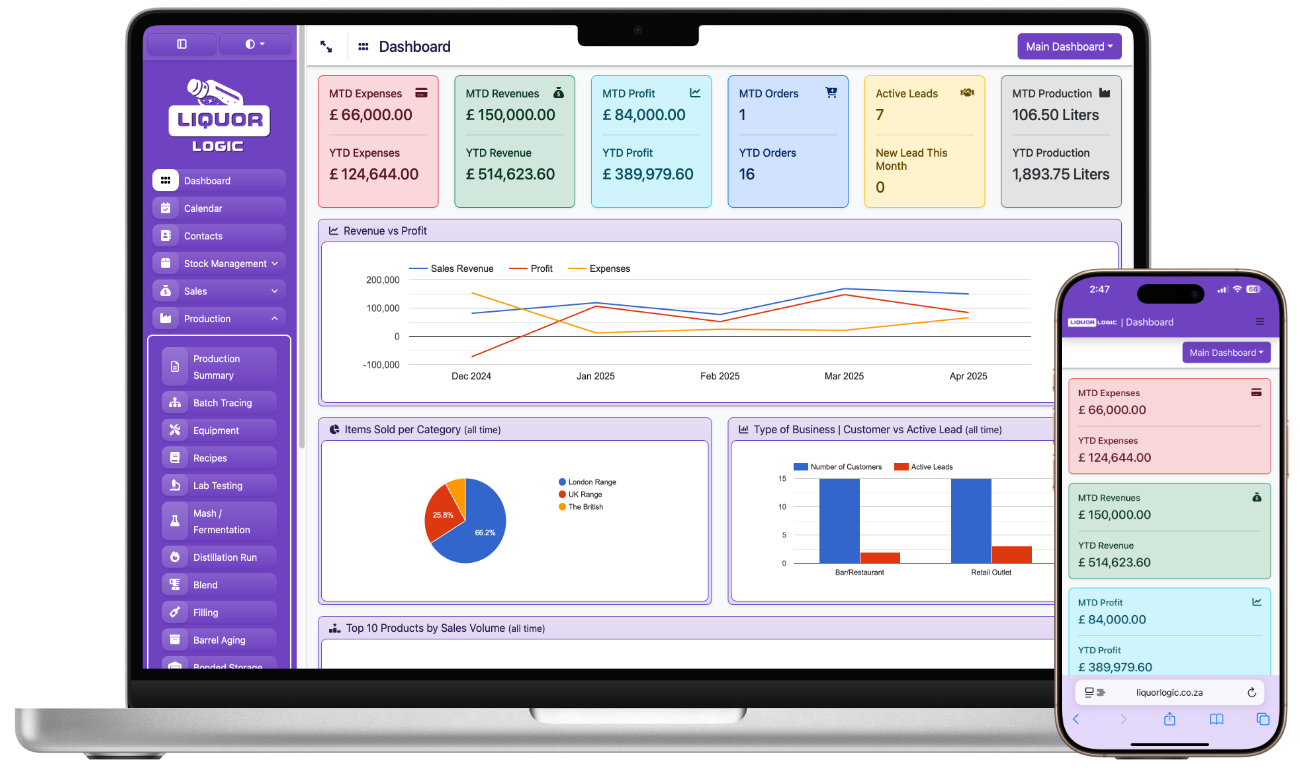Export Hurdles in Craft Spirits: Bottlenecks in Compliance & Labeling

Craft distilleries are booming — but exporting spirits across borders isn’t simple. Label regulations, compliance paperwork, shipping restrictions, and agency approvals can create bottlenecks that delay or derail international growth. Here’s what South African and global producers need to know about navigating export hurdles in 2025.
Export Hurdles in Craft Spirits: Bottlenecks in Compliance & Labeling
There’s a global thirst for premium, craft-distilled spirits — from award-winning gins in the Cape to rum blends aged in African oak. But for small producers, getting those spirits onto shelves in Europe, the US, or Asia is no longer just about product quality. It’s about paperwork, patience, and packaging rules that shift with every market.
Exporting craft alcohol in 2025 requires more than a great product. It demands technical compliance, diplomatic navigation of labeling rules, and the kind of logistical coordination most small operations were never built for.
Why Labeling Is the #1 Export Killer
Label compliance is the biggest export bottleneck — and the most underestimated. Each destination country has its own formatting, font size, ingredient declaration, and claim requirements. What’s legal in South Africa might be banned in the EU. What’s approved in the UK might fail TTB checks in the US.
Common issues include:
- Alcohol content declared in the wrong format (e.g., ABV vs Proof)
- Missing mandatory phrases (e.g., “Distilled in South Africa”)
- Non-compliant health warnings or allergen declarations
- Fonts or layout sizes that don’t meet the minimum standards
- Imagery or claims banned by local marketing laws
Label approvals can take weeks — or months — to be processed by destination country authorities. In the US, for instance, the TTB’s COLA (Certificate of Label Approval) system is mandatory. No COLA, no entry. And changes — even minor ones — require a full re-submission.
Customs and Certifications: A Paper War
Even if your label is perfect, paperwork doesn’t end there. Each country has its own expectations for documentation at the customs stage. Some require Certificates of Origin. Others demand lab test results or batch traceability documents. Some markets will even test product samples for authenticity on arrival.
Export documentation hurdles include:
- Product Analysis Certificates: Especially for spirits with additives or flavorings
- Health & Safety Declarations: Required in EU and some Asian markets
- Origin Proof: Particularly important for duty calculations under trade agreements
- Excise Clearance: If spirits are exported from bonded storage
Miss one document, and your shipment can be delayed at port — or rejected entirely.
The Scale Problem: Small Producers, Big Expectations
Large multinational producers have legal teams and compliance officers. They have label templates already cleared for dozens of markets. They budget for export complications. Small craft producers don’t have that luxury.
Instead, distillers often face the same paperwork burden with less capacity:
- Limited internal legal knowledge of labeling law
- No in-house export compliance coordinator
- Cashflow pressure from slow shipping and delayed payments
Worse — one small error can derail not just a shipment, but an entire business relationship. Distributors and importers abroad expect professional, compliant product delivery. They rarely tolerate repeated delays due to “label issues.”
Label Variants & Logistics Headaches
One solution producers try is maintaining multiple label variants: one for domestic, one for the US, one for Europe, one for Asia. But this creates complexity in production:
- Different packaging SKUs for each region
- Separate dry goods stock for each label version
- Storage and stock management challenges during bottling
And when export orders are small (often the case for new markets), these split-label runs aren’t financially efficient.
Certification Bodies: Helpful or Hindrance?
Exporters are often required to work with certification bodies or clearing agents to verify alcohol content, origin, and labeling. These bodies add cost — and sometimes delay — to the process. They’re essential for some markets, but not always easy to navigate.
Some producers report inconsistent requirements from agents, unclear timelines, or high fees for seemingly minor document validation. The result? Export feels more like a legal maze than a growth channel.
How Smart Producers Are Responding in 2025
1. Pre-Approval of Label Sets
Many craft distilleries now design labels upfront with compliance in mind — even if they aren’t exporting yet. Using consultants or label law specialists, they ensure that their core brand assets are adaptable across multiple jurisdictions.
2. Batch-Based Export Systems
Instead of producing standard stock and hoping to export it, smart producers now designate specific batches for export early in the process. These are bottled, labeled, and documented with the destination in mind — reducing rework and paperwork delays.
3. Region-Specific Packaging Templates
Some use modular label designs: core branding with adjustable compliance strips that can be swapped in depending on the market. This reduces dry goods complexity while staying compliant.
4. Export-Friendly Production Systems
Producers are investing in software and systems that maintain digital traceability, auto-generate required customs docs, and flag missing data before shipment. It’s a shift from “reactive exporting” to planned international operations.
Market Trends: Why It’s Still Worth It
Despite the challenges, exports remain a massive growth opportunity for South African and African producers. Globally, consumers are increasingly interested in craft spirits with regional character — botanicals, aging techniques, provenance.
Premium gins, sugarcane rum, agave-like spirits, and infused vodka alternatives are trending in the EU and North America. South African producers have the story, the product — and now, they just need the paperwork to match.
Conclusion: Exports Are Tough, But Not Impossible
Exporting craft spirits will never be plug-and-play. But with the right planning, label strategy, and compliance workflows, small producers can compete in global markets without drowning in red tape.
It’s not about volume. It’s about preparation. If you want your bottle on shelves in Berlin, Sydney, or Boston — make sure your label knows the way before your pallet leaves the warehouse.
Back